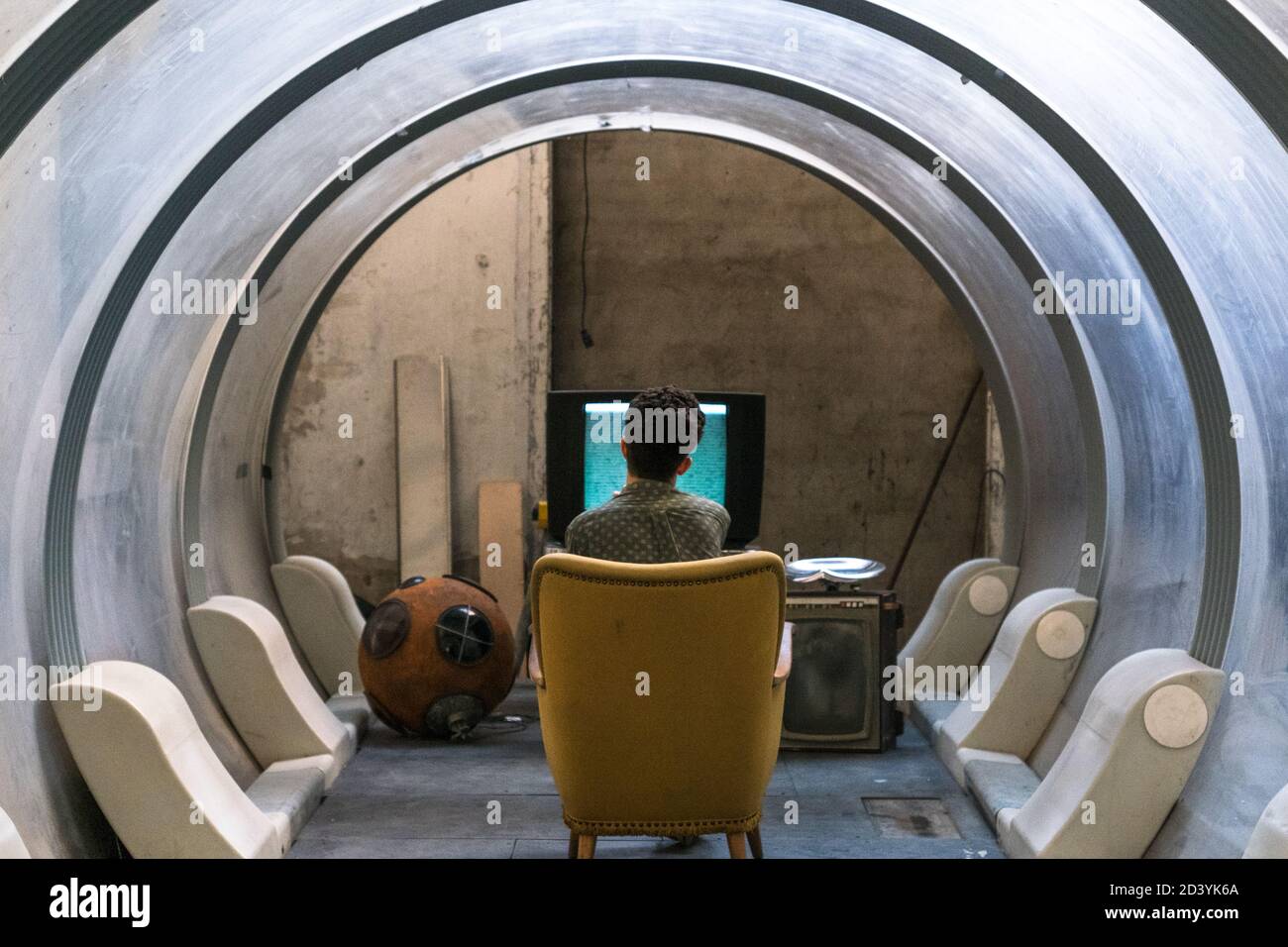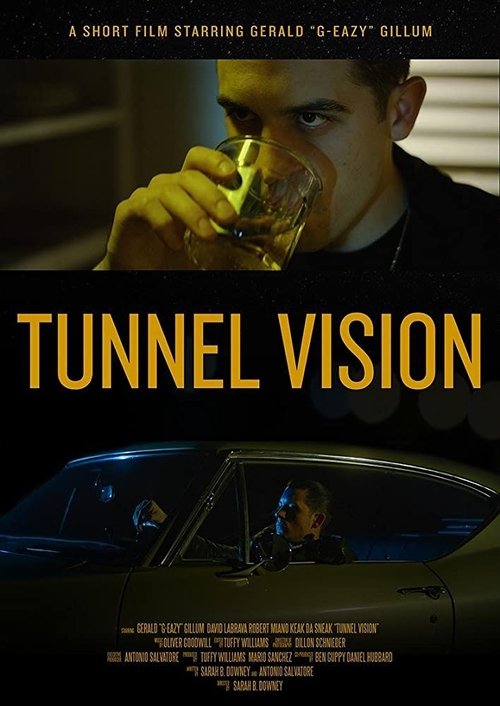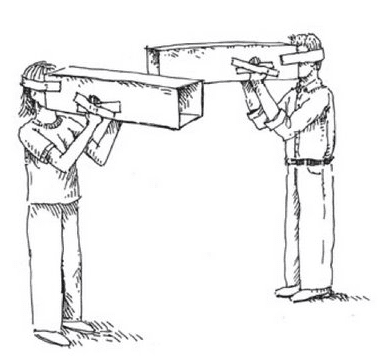

The stroll to the counter comes in the way of continually scanning the visual environment. Once the needy customer is gone, the visual information can easily stroll back up to the counter and be processed. Rather, it will just go do some more shopping and come back later when the checkout clerk is free. It doesn’t leave the store in a fit of rage. There is one minor variation to what happens when visual information is denied entry into the processor. Thus, the responder will not see the clue. The visual information cannot get processed. The needy customer at the checkout counter is now representative of audible information and the customer waiting in line is representative of visual information. In the case of excluded audible information, the only way the brain is going to hear the message is if the sender decides to repeat it. The only way the store is going to make the sale is if the customer decides to return later on. And thus, auditory exclusion – the person does not hear what is said. When it can’t get in, it leaves and it never returns. This is exactly what can happen when a piece of audible information cannot make its way into the visual processor in the brain. In this instance, the second customer is a piece of audible information trying to get serviced by the check out clerk (the visual processor). In a fit of frustration, the second customer storms out of the store, leaving all their groceries in the basket, vowing never to return. This customer cannot get waited on because the first customer is so needy and time consuming. Then, up to the counter strolls another customer. All of the brain’s attention is consumed.

Much the same thing happens when the brain focuses on a piece of visual information. This needy customer causes the clerk the focus all of her attention on him. (I trust we’ve all been in line behind this person at some time in our lives). Think of your visual processor as the checkout counter at a busy supermarket. In science, we call it auditory exclusion. If you’re highly focused on a visual stimulus, your visual cortex may not process your audible messages. What gives depends on what the person is paying attention to. The problem is, there’s only so much capacity in the processor and when it reaches its max, something has to give. It has to process visual information sent by the eyes AND it has to process audible information sent by the ears. The visual cortex in your brain has to do double duty. You already know this if you have ever witnessed someone saying “I see what you’re saying” or if you’ve ever heard someone say “Do you see what I mean” after giving a verbal explanation to something. Then they are packaged up and sent off to the visual cortex. When audible messages come in, they are processed in the audible cortex. There is a tight connection between the audible and visual processors in the brain. From the perspective of brain science, this makes sense. While tunnel vision can limit perception, it can also have a debilitating effect on hearing. Responders are also goal driven, sometimes to the detriment of their own safety. In the first responder arena, tunnel vision is a big deal because much of what responders do is high risk and high consequence. The more important the goal or the more threatening a stimulus is perceived to be, the more likely a person is to focus attention on it.

Tunnel vision is defined as one’s tendency to focus on a single goal or point of view. This article provides an explanation for the phenomenon we know as tunnel vision. Those “missed things” are like lost puzzle pieces, leaving holes in your understanding of what is happening. As your focus narrows, you start to miss things. Effective situational awareness is developed from having a broad perception of the environment in which you are operating. When it comes to developing and maintaining situational awareness, tunnel vision is a big deal.


 0 kommentar(er)
0 kommentar(er)
